Neil Cohen
Thirty years ago, Neil Cohen made the cult comedy film Chief Zabu, which sat on a shelf until its acclaimed revival in 2016. Recently, he authored a children's book about gargoyles on a Manhattan skyscraper who scramble to save their home from destruction.
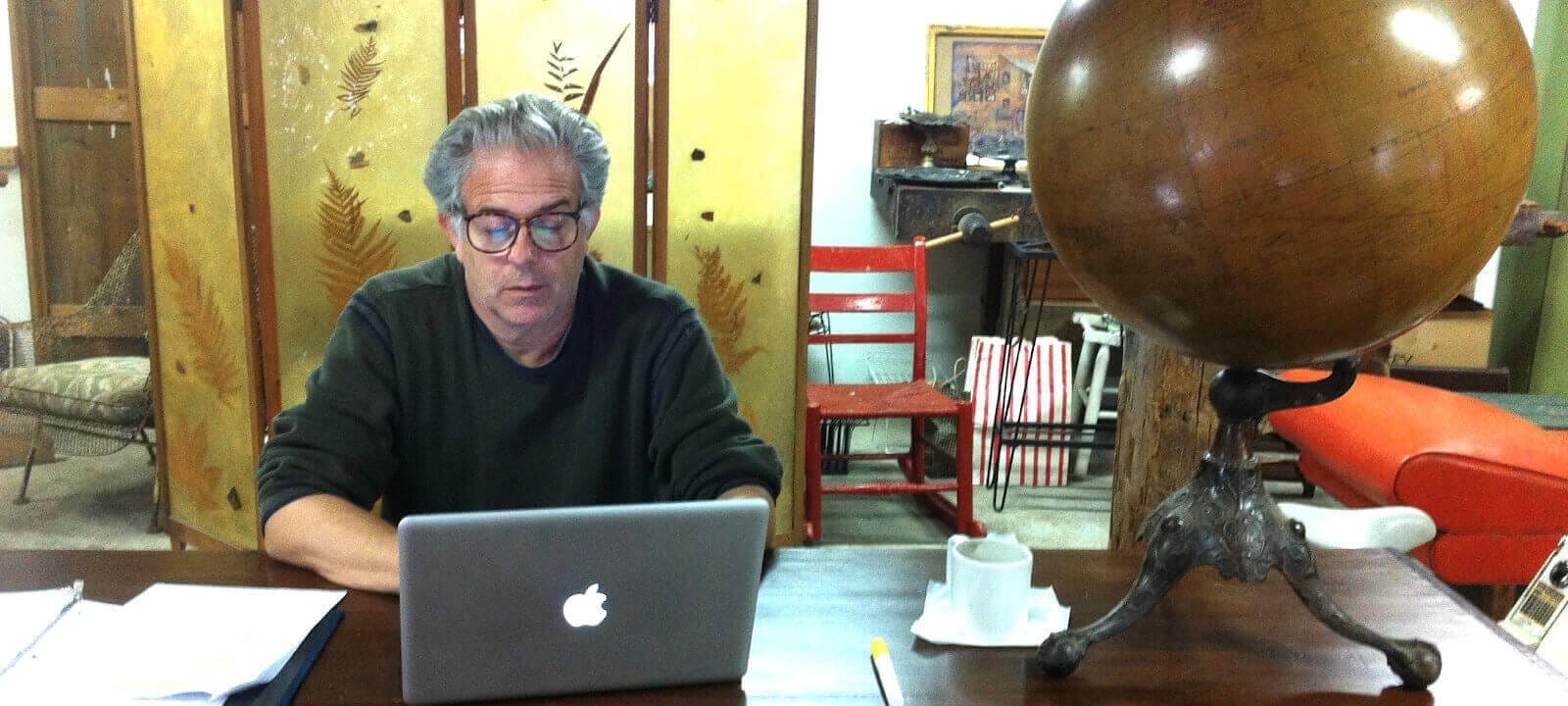
If the name Chief Zabu sounds familiar to you and you aren’t a devotee of cult comedies, you’ve probably heard about it on Mystery Science Theater 3000. To quote the New York Times article about Zabu:
The film, completed in 1986 but shelved by the filmmakers after a poorly received preview, will get its first official showing in New York on Thursday night at a comedy club. It’s a fitting premiere for a title that was the subject of a long-running joke on “Mystery Science Theater 3000,” the cult series that made fun of bad movies. Whenever a character in that week’s cheesy film would open a newspaper, the series’s original host, Joel Hodgson, would laconically drawl, “Hey, Zack Norman is Sammy in ‘Chief Zabu.’”
Once a ‘Mystery Science Theater’ In-Joke, Now Playing Comedy Clubs
Hello! Who are you? Tell us about yourself. What are you passionate about? What do you enjoy doing?
I’m Neil Cohen, a guy who for 35 years has made a thoroughly erratic career (1/3 flush, 2/3 broke) out of writing, filmmaking, and now illustration.
I love drawing, am told I’m good at writing (but only enjoy that once it gets going – and then it is indeed intoxicating) and have recently found a passion producing a few other artists’ low budget films.
I like messing around on our property in Accord, New York, where my wife manages all the upkeep (she’s a genius at that) and I mainly plant trees in inappropriate locations.
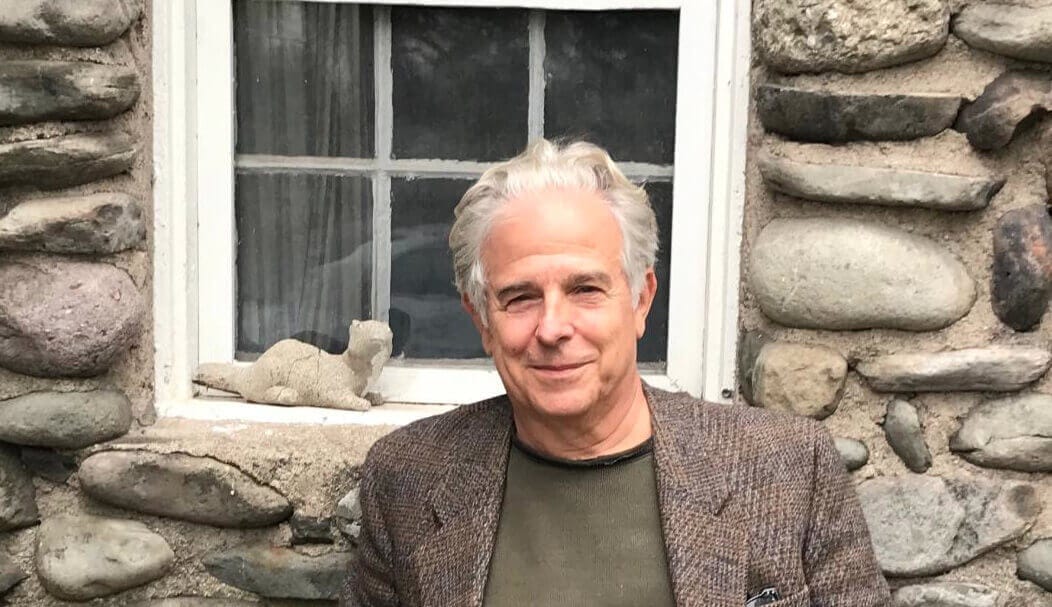
How did you discover the Hudson Valley?
In the late 1960s I was a camp counselor from Queens at a place called Goddard-Riverside Community Center Camp which was tucked at the end of a road atop a hillside in Rifton. My fondest memories are not of dappled sunlight, waterfalls, or crisp mornings but of an incongruous no-longer-in-existence nightclub at the bottom of the hill called “The Black Swan” — it was like a Mississippi juke joint dropped beside the Wallkill and was rumored to have existed in some rowdy form since colonial days; that place was the friendliest, rocking-est hangout, a total delight, and the reason I fell in love with Ulster County.
Ten years later (after a stint in Los Angeles), while living in Manhattan, my wife and I discovered a creaky, then-mostly-forgotten resort called Mohonk Mountain House that few people went to and cost $36 a night for a room (we were married there by a Justice of the Peace who worked in housekeeping; our only guests consisted of the legally required two witnesses who stepped out from the kitchen; the JP told us to give each of them ten bucks). We also stayed a few times at the neighboring hotel, the towering, ancient and spooky tinderbox: The Lake Minnewaska Hotel, which burnt to the ground soon after our last visit.

When the city became overwhelming, we bought a little stone house (then very unfashionable) completely enveloped in thorny roses, in the shadow of Mohonk and Minnewaska.
Walk us through a typical day.
I wake up preposterously early with enormous ambition. If I’m in the process of editing or in the flow of a rewrite I make a coffee and can happily work for hours not moving from my seat. Then I go outside and play with a shovel, planting things that have little chance for survival, or wander around our old barn picking through the remains of an abandoned library.
If I’m starting a project, I get up early with enormous ambition and waste most of the day reading the news, daydreaming, writing emails, messing around on the internet, or playfully distracting my wife who is always up for some adventure; around 5pm I will shame myself into getting some work started. If it sticks, I work for hours; if not, I’ll start reading some obscure old travel book.
Tell us about Chief Zabu. How did that come to be, and what’s the Hudson Valley connection?
Chief Zabu is a low budget cult comedy made 30 years ago on the campus of Bard College, a movie that I co-wrote and co-directed and which was abandoned in a closet after a few failed test screenings. It’s about a New York real estate developer who dreams of having political power so when current affairs seemed to make it relevant we dug it out of the closet and suddenly The Hollywood Reporter was calling it “A comic time capsule with a timeless punch” and the New York Times was doing a major arts section feature about Chief Zabu.
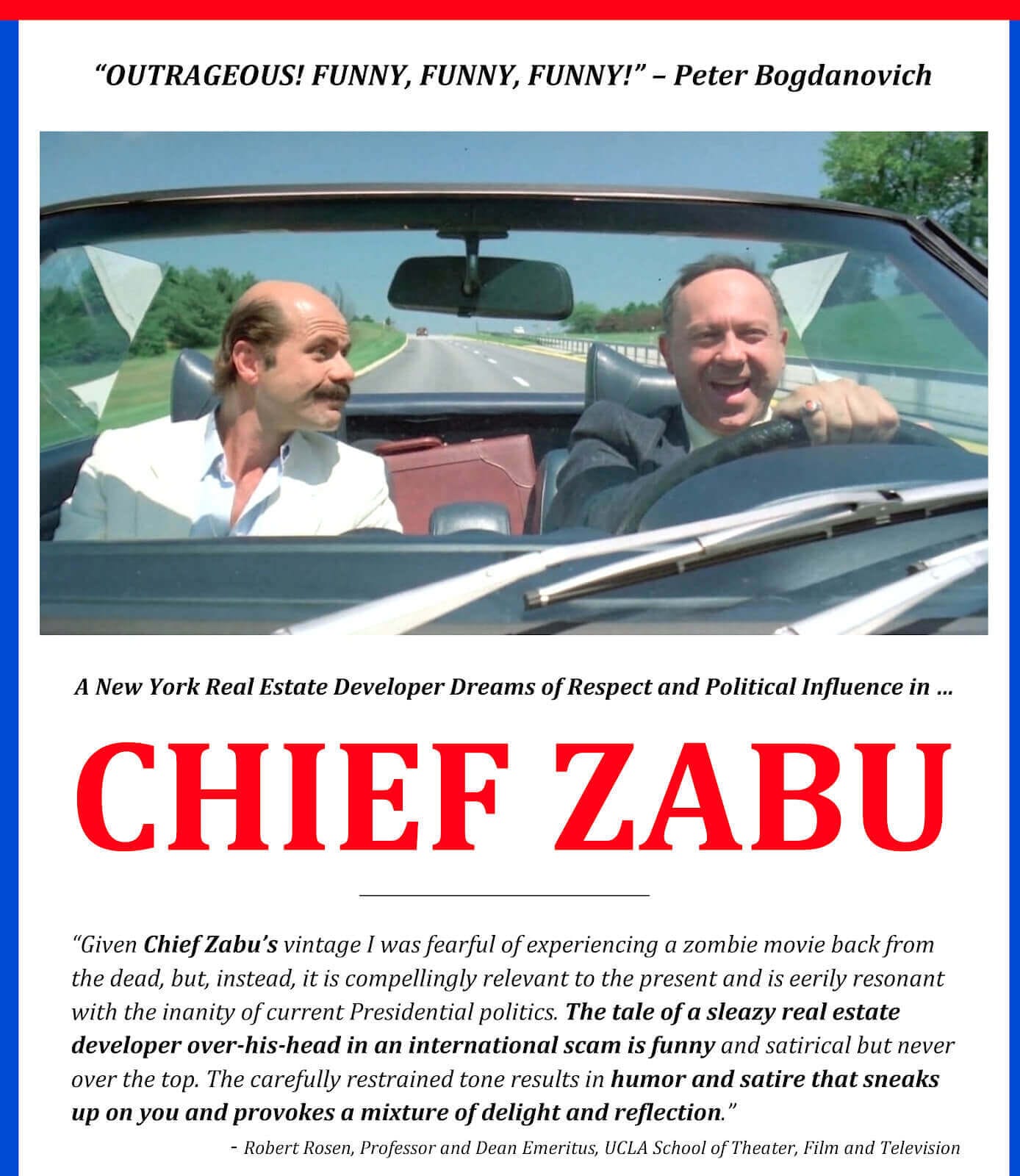
It was shot over the course of 15 days almost entirely at Bard where the entire cast and crew camped out between semesters in one of the dorms (our producer was friends with a maintenance guy there); in two days we shot most of the exteriors in Manhattan, but in the film if you see someone walk into the Plaza Hotel or the French embassy or a real estate office the interior will be a location inside a building at Bard. Hilariously, Bard refuses to acknowledge the film was ever made there or even exists (even though it’s a 35mm visual homage to a Bard campus that no longer exists); after a more-welcomed recent screening in Los Angeles I was hired by a studio to write a feature.
Chief Zabu, and The Hudson Valley, have been very good to me.
How did you start writing children’s books?
I had a great job writing a movie for HBO but the project collapsed a month before production; I was fairly devastated, but as the studio let me stay in the office they had rented for me until the end of the month, I bought a whole lot of cheap art supplies and started drawing to maintain my sanity. Characters took shape, ideas for plot twists and jokes cheered me up, and soon this at-first-desperate but then very relaxing project took the form of a children’s book.
Tell us about American Gargoyles.
American Gargoyles is about the bickering decorations on a forgotten Art Deco building who have to find a way to work together to save their home from being demolished. The New York Times (them again) recently called it “Zany… madcap… raucous… mischevious.” Caroyln Purnell, author of Inventing Color, says, “What historian doesn’t love the idea of teaching kids to love old buildings? I was totally charmed,” and James Kenney of What’cha Reading? says it’s “a pop-fizz confection.”
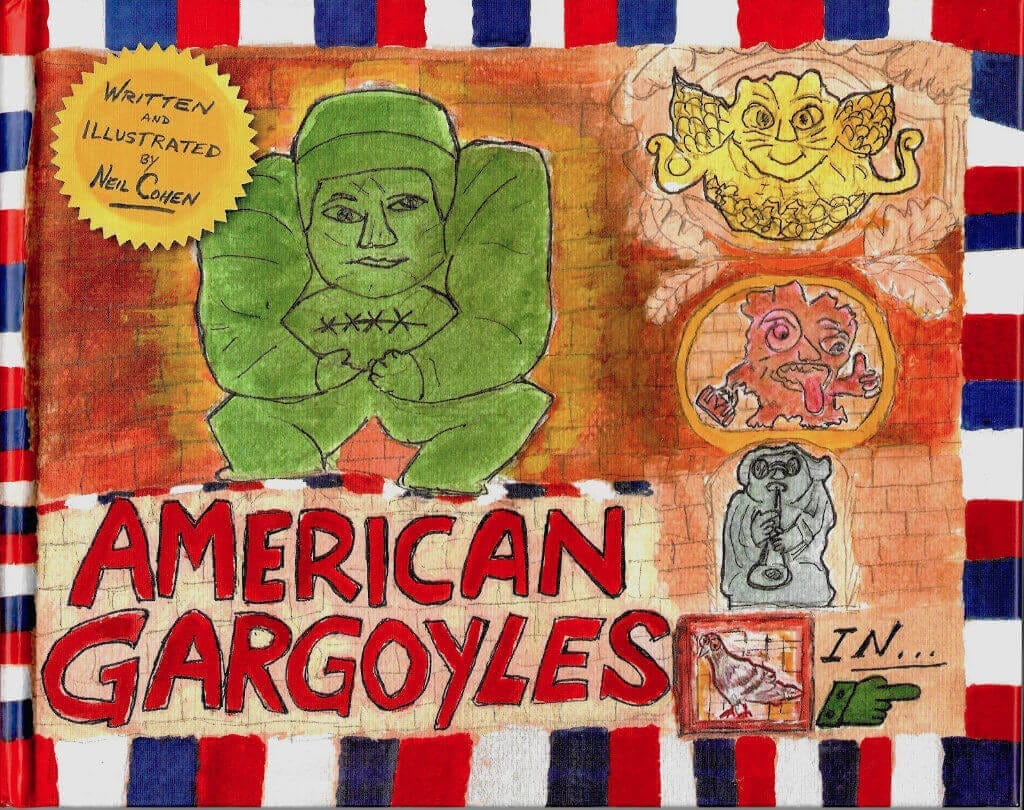
It was a delight to create this story, it took ten years to find a publisher, and it blows my mind that the characters have been adopted by random skateboarders who send me (me, a guy who has never been on a skateboard) pictures of themselves in California, Florida, Marseille, Guadeloupe, Utah, both Carolinas, Denmark, Stockholm, and China wearing my gargoyles on their shirts!
Where are your favorite places to spend time in the Hudson Valley?
At home, driving around our local back roads, at our neighbor’s businesses: Westwind Orchard and Cidery, Arrowwood Farm Brewery, Saunderskill Farm Market, the Accord Speedway, and I’m always smiling while wandering around the weirdest places in Kingston.
Do you have a go-to coffee or beer order, and from where?
Our standard local coffee place is the super-friendly Saunderskill Farm Market, on Route 209, which serves as the town of Accord’s unofficial “main street” and hub for donuts, pastry, bagels and lox and where everyone can be guaranteed to run into a neighbor.
For beer it’s got to be our neighbor: Arrowood Farm Brewery. We love those people and they seem to love the world.
For authentic Roman cooking and organic cider we walk around the corner to Westwind Orchard and its great vibe.
If we’re in Kingston, the hang is Rough Draft and/or Outdated.
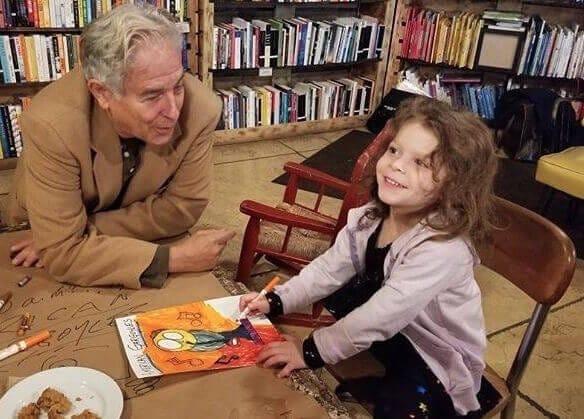
Where do you do your best creative work?
Having grown up in the city, I do my best creative work surrounded by noise and hubbub. My wife set up a tranquil writer’s studio for me next to an idyllic stream but I can never get anything done there; but if I set up to work in the kitchen while plumbers and electricians are drilling things, some old movie is blasting from the TV, phones are ringing, and neighbors are passing through then I am totally focused in my own form of creative heaven.
How has the Hudson Valley influenced or impacted your creative work?
The Hudson Valley, its people (old timers and new timers), and its comparatively modest cost of living (we have a small old house, a big old barn and a 34-year-old car) have been so welcoming to us that rather than seeking to re-create the city’s creative-hive vibe, I’ve become almost completely non-competitive; this has released me from “chasing the market” and allowed me to create whatever makes me smile; the surprising result of this is that my work has become more appreciated and supported, and easier to do.
What’s surprised you most about living and working in the Hudson Valley?
Aside from that wonderful soup guy in the window in Uptown Kingston, and the Widow Jane Mine in Rosendale, what surprises me most is that despite our extensive plans for visiting every nearby attraction in or within reach of the Hudson Valley (Storm King, Dia:Beacon, the Highlands, the Berkshires, the Adirondaks, and all the cool cultural events and highly touted restaurants in New Paltz, Poughkeepsie, and Kingston), we mostly never leave our quiet street and backyard woods. I’ve always liked to talk to people but I never realized how much I like to dig holes, fix things, and stare at trees, insects, and birds.
Are you part of any local groups or communities you’d like to mention?
We support the Accord Food Pantry; if there’s some contentious local issue I actually enjoy dealing with our town board and town officials — it’s democracy in action on a human scale and whether my opinion prevails or loses, it does seem to work.
Anything you want to plug or promote?
Give money to your local food pantry and to your local fire and rescue squad, support our neighbors’ (and your neighbors’) businesses. Try the food at OPA! Gyro in Kingston — the octopus is great. Also, buy a copy of American Gargoyles (I think it’s pretty hilarious and it makes a great holiday gift for kids and adults).
This interview has been edited.
